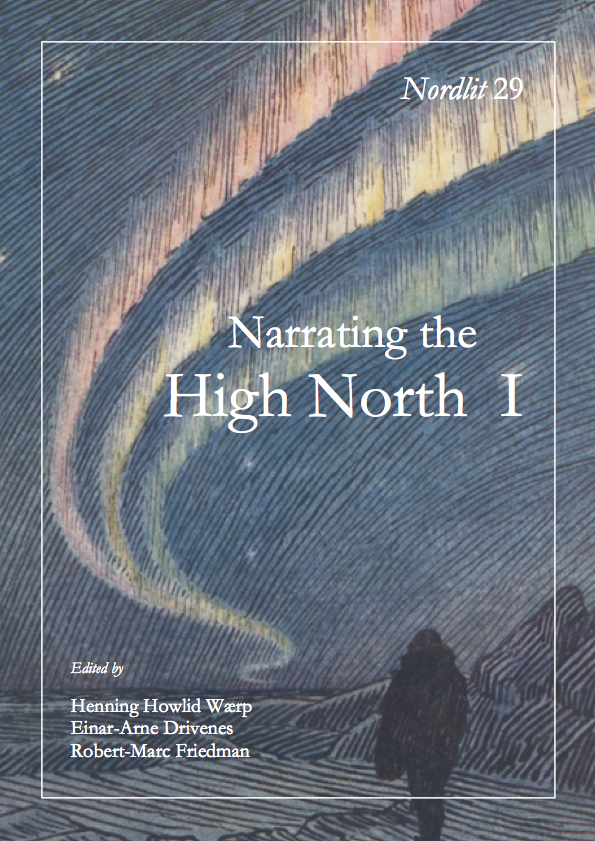Norsk-russisk miljø- og ressursforvaltning i nordområdene
DOI:
https://doi.org/10.7557/13.2303Keywords:
Barentshavet, Barentsregionen, fiskeriforvaltning, miljøvern, atomsikkerhetAbstract
Since the end of the Cold War, a flourishing network of collaboration has grown up between Russia and neighbouring Nordic countries in the European North, especially Norway. The Barents Euro-Arctic Region (BEAR) was established in 1993 by several North European states and regional administrative entities in Norway, Sweden, Finland and Russia. Its aim is to promote relations across the old East-Westdivide in the European North, and enable joint projects in a number of areas, including trade and industry, student exchange and indigenous issues. In addition,Russia and Norway are pursuing various bilateral schemes focused on a particular problem or challenge in the North. One of them is the Joint Norwegian-Russian Fisheries Commission, which manages the valuable fish resources in the Barents Sea.In various bilateral and multilateral partnerships, Norway is working to address the environmental problems on the Kola Peninsula. This article gives a brief overview of these cooperative arrangements.
Downloads
Published
How to Cite
Issue
Section
License
Forfattere som publiserer i dette tidsskriftet aksepterer følgende vilkår:
- Forfattere beholder copyright og gir tidsskriftet retten til første publisering samtidig som verket lisensieres med en Creative Commons Attribution 4.0 International lisens som tillater andre å dele verket, forutsatt at verkets forfatter og første publisering i tidsskriftet erkjennes.
- Forfattere kan inngå separate, ikke-eksklusive avtaler om annen distribusjon av tidsskriftets publiserte utgave av verket (f.eks. egenarkivering i et vitenarkiv eller publisering i en bok), så lenge førstepubliseringen i tidsskriftet erkjennes.
- Forfattere tillates og oppmuntres til å gjøre verket tilgjengelig på nettet (f.eks. i et vitenarkiv eller på andre nettsider) før og under innlevering, da dette kan lede til nyttige menings- og kunnskapsutvekslinger og til tidligere og mer sitering av det publiserte verket. (Se The Effect of Open Access).









